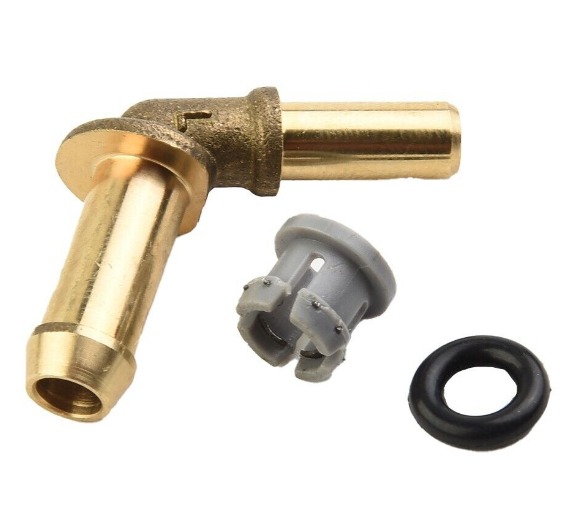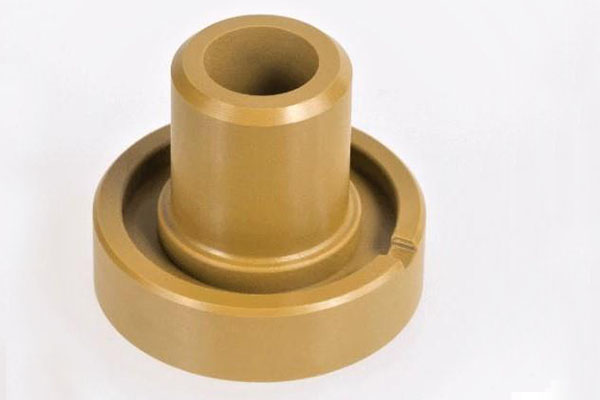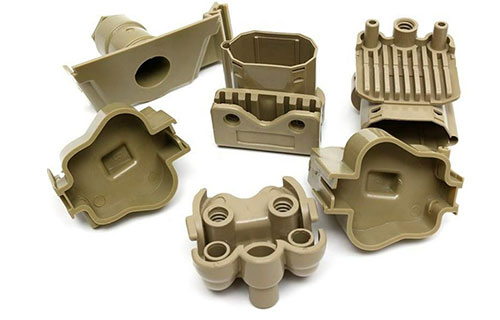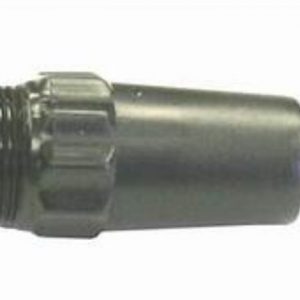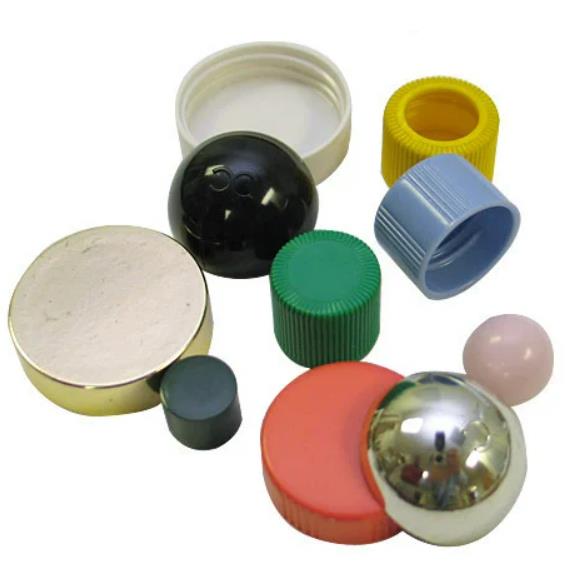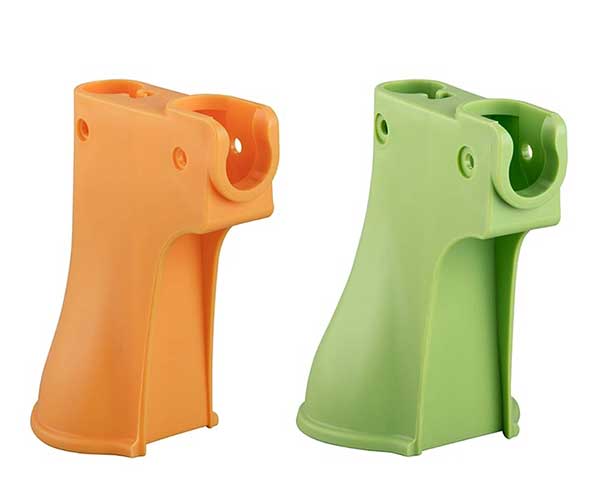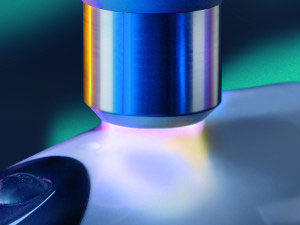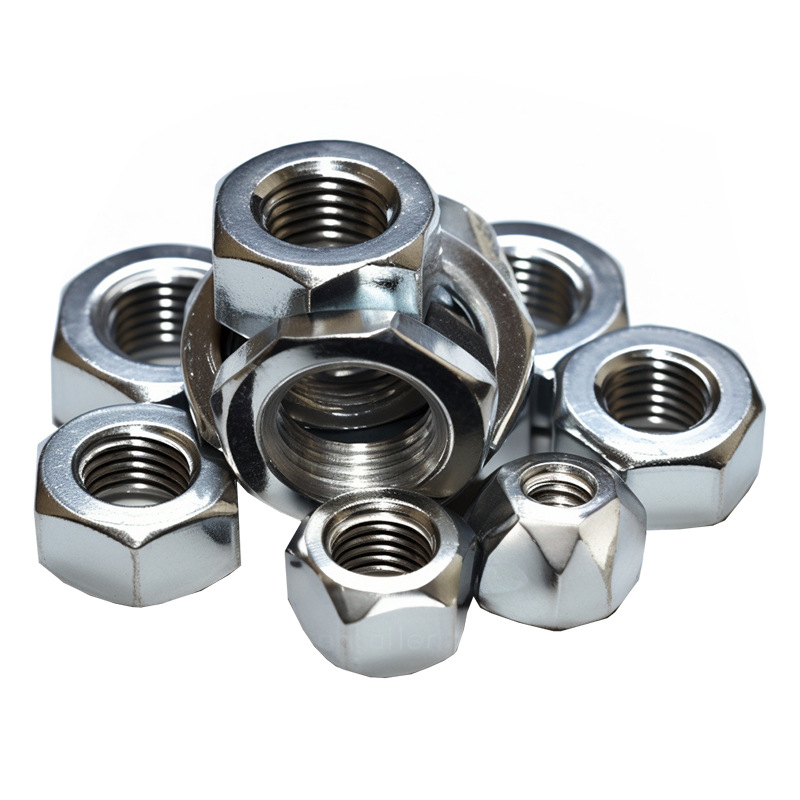Manufacturers and designers working with aluminum often face a tough balancing act: they need parts that resist corrosion in humid or salty environments, withstand daily wear without scratching, and look appealing enough for consumer-facing products—all without breaking the budget. A smartphone casing might corrode from sweat, a marine fitting could rust from saltwater, or a decorative fixture might lose its luster after a few months. What’s needed is a treatment that ticks all these boxes: affordable, durable, and adaptable to diverse aesthetics. This is where surface treatment sulfuric acid anodizing stands out. As the most widely used anodizing method, it creates a protective oxide layer that enhances corrosion resistance, adds wear protection, and allows for vibrant color customization—solving these common pain points effectively. In this guide, we’ll explore how sulfuric acid anodizing works, its key properties, applications, and how to leverage it for high-quality, long-lasting results.
Introduction to Sulfuric Acid Anodizing
Sulfuric acid anodizing is the gold standard of anodizing processes, valued for its balance of performance, cost, and versatility:
- Definition: Sulfuric acid anodizing is an electrochemical process that immerses aluminum (or other metals) in a sulfuric acid electrolyte, using an electric current to convert the metal’s surface into a porous aluminum oxide layer (Al₂O₃). This oxide layer is integral to the base metal, forming a bond that won’t peel or chip.
- Historical background: While anodizing dates back to the early 1900s, sulfuric acid anodizing gained prominence in the 1950s as a safer, more controllable alternative to chromic acid processes. Its ability to produce consistent, thin-to-medium oxide layers (1-25 μm) made it ideal for both decorative and functional applications, quickly becoming the industry standard.
- Basic principles: The process involves submerging the aluminum part (anode) in a 10-20% sulfuric acid solution, with a cathode (typically lead or carbon) placed in the bath. When direct current flows, oxygen ions from the electrolyte react with aluminum at the anode surface, forming a porous oxide layer. The porosity allows for dyeing or sealing, while the oxide’s chemical structure provides corrosion resistance.
- Industrial significance: Sulfuric acid anodizing is used in over 80% of anodized aluminum components, from consumer electronics to aerospace parts. It’s preferred for its low cost (30-50% cheaper than hard anodizing), ease of control, and ability to produce both functional and decorative finishes—making it indispensable in mass manufacturing.
- Environmental considerations: While sulfuric acid is corrosive, modern facilities recycle electrolytes to reduce waste and treat wastewater to neutralize acids. Unlike chromic acid anodizing, it avoids toxic hexavalent chromium, aligning with regulations like REACH and RoHS. This makes it a more sustainable choice for eco-conscious industries.
Process of Sulfuric Acid Anodizing
The process of sulfuric acid anodizing involves several carefully controlled steps to ensure consistent, high-quality results:
- Pre-treatment processes: Proper preparation is critical. Steps include degreasing (using alkaline cleaners to remove oils and dirt), etching (with caustic soda to create a uniform surface texture), and desmutting (with nitric acid to dissolve alloy residues like copper or silicon). This ensures the oxide layer forms evenly, without defects.
- Electrolyte composition: The electrolyte is a 10-20% sulfuric acid solution (H₂SO₄) in deionized water. Lower concentrations (10-15%) produce softer, more porous layers ideal for dyeing, while higher concentrations (15-20%) create denser layers with better wear resistance.
- Anodizing tanks: Tanks are made of acid-resistant materials like PVC, polypropylene, or rubber-lined steel to withstand sulfuric acid. Sizes range from small benchtop units (for jewelry) to large vats (for architectural panels), with built-in cooling systems to regulate temperature.
- Power supplies: DC rectifiers deliver current densities of 1-2 A/dm², with voltages ranging from 12-20V. The current controls oxide thickness: 1 μm of thickness typically requires 10-15 minutes of exposure, with most applications targeting 5-15 μm.
- Temperature control: The electrolyte is kept at 15-25°C (59-77°F). Higher temperatures (20-25°C) produce more porous layers (great for dyeing), while lower temperatures (15-20°C) create denser layers with better corrosion resistance.
- Agitation systems: Air sparging or mechanical stirring ensures uniform electrolyte distribution, preventing hot spots that could cause uneven oxide formation. This is especially critical for complex parts with recesses or tight corners.
- Post-treatment processes: After anodizing, parts are rinsed to remove acid residues, then sealed to close the oxide’s pores. Sealing methods include hot water (80-100°C) or nickel acetate solutions, which enhance corrosion resistance. For colored finishes, parts are dyed in organic or inorganic dyes before sealing to lock in color.
- Safety protocols: Workers use acid-resistant gloves, goggles, and aprons to prevent contact with sulfuric acid. Ventilation systems remove fumes, and emergency eyewash stations are mandatory—key for handling a corrosive substance with a pH of 0-1.
Properties of Sulfuric Acid Anodized Surfaces
The properties of sulfuric acid anodized surfaces make it a versatile choice for diverse applications:
- Corrosion resistance: The oxide layer acts as a physical barrier, protecting aluminum from moisture, salt, and mild chemicals. When sealed, sulfuric acid anodized parts withstand 500-1000+ hours of salt spray testing (ASTM B117)—far exceeding the 24-48 hours of untreated aluminum.
- Wear resistance: The oxide layer (1-25 μm) has a hardness of 150-300 HV, 1.5-2x harder than bare aluminum (100-150 HV). This makes it resistant to scratches from daily use, such as a smartphone casing or a kitchen appliance handle.
- Aesthetic appeal: The porous oxide layer accepts dyes readily, offering over 100 standard colors—from bright reds to deep blacks. Finishes can be matte, glossy, or textured, with options for custom color matching (ΔE <2) for brand consistency.
- Dimensional accuracy: The oxide layer adds minimal thickness (1-25 μm) with tight tolerances (±5%), ensuring parts fit into assemblies without modification. This is critical for precision components like aerospace fasteners or electronics enclosures.
- Adhesion: The oxide layer is chemically bonded to the aluminum, with adhesion strengths exceeding 40 MPa—far stronger than paint or plating, which can peel. This makes it ideal for high-stress applications like automotive trim.
- Porosity: The oxide’s microscopic pores (0.01-0.1 μm in diameter) allow for dyeing, painting, or bonding. Sealing closes these pores, enhancing corrosion resistance while locking in dyes.
Applications of Sulfuric Acid Anodizing
Sulfuric acid anodizing is used across industries for its adaptability to diverse needs:
- Consumer electronics: Smartphones, laptops, and wearables rely on sulfuric acid anodizing for scratch-resistant, fingerprint-resistant casings. The process allows for brand-specific colors (e.g., Apple’s space gray, Samsung’s phantom black) and ensures durability in daily use.
- Automotive: Aluminum wheels, trim, and engine components use sulfuric acid anodizing to resist road salt and oil corrosion. Dyed anodizing adds decorative touches to interior parts like door handles or dashboard accents.
- Marine industry: Boat fittings, railings, and hardware use sealed sulfuric acid anodizing to withstand saltwater corrosion. The oxide layer prevents pitting, extending part life by 3-5x compared to untreated aluminum.
- Construction: Architectural components (window frames, handrails, facade panels) use sulfuric acid anodizing for UV-resistant, fade-proof finishes. Integral color anodizing (achieved by adjusting process parameters) ensures colors like bronze or black last 10+ years outdoors.
- Jewelry and fashion: Costume jewelry and accessories use thin (1-5 μm) sulfuric acid anodizing for vibrant, durable colors. The process is cheaper than plating, making it ideal for affordable luxury items.
- Medical devices: Surgical tools and diagnostic equipment use sulfuric acid anodizing for corrosion resistance during sterilization. The smooth, non-porous surface (after sealing) prevents bacterial buildup, enhancing safety.
Equipment and Materials for Sulfuric Acid Anodizing
The right equipment and materials are key to consistent sulfuric acid anodizing results:
- Anodizing tanks: Constructed from PVC or polypropylene (resistant to sulfuric acid), tanks must be sized to fully submerge parts with space for electrolyte circulation. Larger tanks often include heating/cooling jackets to maintain temperature.
- Electrolyte solutions: Prepared using technical-grade sulfuric acid (98%) diluted with deionized water to 10-20% concentration. Impurities (like chloride) must be kept below 50 ppm to avoid pitting.
- Power supplies: DC rectifiers with adjustable current (0-500 A) and voltage (0-30 V) are standard. Digital controls ensure precise current density, critical for uniform oxide thickness.
- Agitation systems: Air compressors with sparging tubes or mechanical stirrers keep the electrolyte mixed, preventing concentration gradients. This is especially important for parts with complex geometries, like heat sinks or jewelry.
- Temperature control: Chillers or heaters maintain electrolyte temperature at 15-25°C. For large tanks, thermostats with ±1°C accuracy prevent overheating, which can cause oxide layer breakdown.
- Anodes and cathodes: The aluminum part acts as the anode, while cathodes are made of lead (most common) or carbon. Cathode placement (evenly around the anode) ensures uniform current distribution.
- Safety equipment: Acid-resistant gloves, face shields, and aprons protect workers from splashes. Ventilation hoods remove acid fumes, and spill kits with neutralizing agents (e.g., sodium bicarbonate) are mandatory.
Quality Control and Maintenance in Sulfuric Acid Anodizing
Rigorous quality control and maintenance ensure sulfuric acid anodizing meets performance standards:
- Equipment maintenance: Tanks are inspected weekly for leaks or acid damage, while pumps and agitation systems are checked for proper flow. Rectifiers are calibrated monthly to ensure accurate current output.
- Solution maintenance: Electrolyte concentration is tested daily using titration—sulfuric acid levels must stay within 10-20%. Aluminum ion buildup (from dissolved metal) is monitored; levels above 10 g/L can cause rough oxide layers, requiring partial solution replacement.
- Surface inspection: Visual checks look for defects like uneven color, pitting, or staining. Microscopic examination (50-100x) verifies oxide uniformity, with porosity checked via dye penetration tests.
- Thickness measurement: Eddy current gauges (per ASTM B244) measure oxide thickness, with tolerances of ±10% for most applications. Consumer electronics typically require 5-10 μm, while marine parts need 10-20 μm.
- Adhesion testing: The bend test (ASTM B571) bends a sample 180°—no cracking or peeling indicates good adhesion. This is critical for parts like automotive trim that undergo stress.
- Environmental compliance: Wastewater is treated to neutralize pH (6-8) and remove aluminum ions via filtration. Spent electrolyte is recycled to recover sulfuric acid, reducing waste and costs.
- Quality standards: Compliance with ISO 7599 (anodizing of aluminum) and ASTM D3933 (color fastness) ensures consistency. Automotive clients often require additional certifications like IATF 16949.
Yigu Technology’s Perspective
As a leading custom manufacturing supplier in China, Yigu Technology specializes in sulfuric acid anodizing for industries ranging from electronics to marine. Our process achieves 5-20 μm oxide layers with ±1 μm thickness control, ensuring parts meet tight tolerances. We offer 100+ standard dyes and custom color matching (ΔE <1) for consumer products, with sealed layers passing 1000+ hours of salt spray testing. Our quality control includes eddy current thickness checks and adhesion testing, complying with ISO 7599 and RoHS. By recycling electrolytes and treating wastewater, we minimize environmental impact. Sulfuric acid anodizing’s versatility—combining durability, aesthetics, and cost-effectiveness—makes it our go-to solution, and we tailor processes to each client’s unique needs for optimal results.
FAQs
- How long does sulfuric acid anodizing last?
Lifespan depends on environment and thickness: indoor parts (5-10 μm) last 7-10 years; outdoor marine parts (10-20 μm) last 5-8 years; sealed architectural components can last 10+ years with minimal fading.
- Can sulfuric acid anodizing be done on other metals besides aluminum?
It’s primarily used for aluminum, but can also treat magnesium and titanium. For magnesium, it enhances corrosion resistance in aerospace parts; for titanium, it’s used in medical implants for biocompatibility.
- Is sulfuric acid anodizing more cost-effective than other finishes?
Yes—compared to hard anodizing, it costs 30-50% less, and it’s more durable than painting (lasting 3-5x longer). For high-volume products like smartphones or hardware, it offers the best balance of performance and cost.
